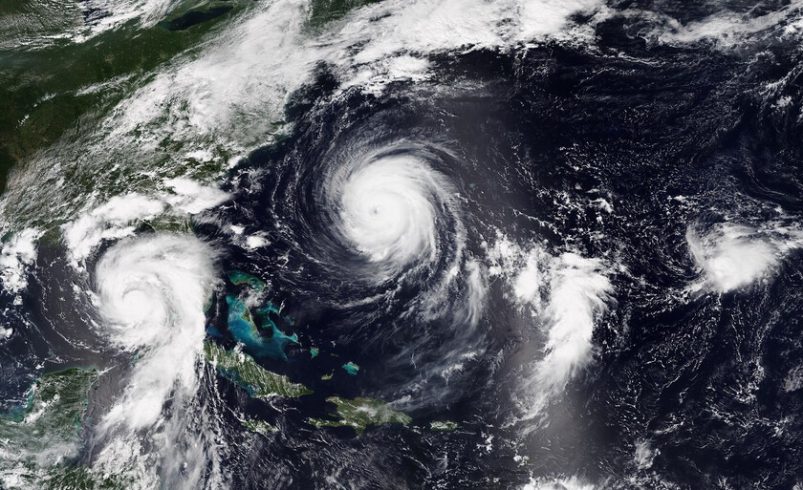Why the Atlantic heated so much – Tinta clara
- junio 6, 2025
- 0
In Marzo 2023 the average temperature of the Atlantic Ocean began to beat records. During the following months, the thermal average of the oceanic surface remained above any
In Marzo 2023 the average temperature of the Atlantic Ocean began to beat records. During the following months, the thermal average of the oceanic surface remained above any

In Marzo 2023 the average temperature of the Atlantic Ocean began to beat records. During the following months, the thermal average of the oceanic surface remained above any record, but it would be in summer of that year when the situation would become absolutely anomalous, with the average temperature reaching 25.37º Celsius.
Almost two years. A new study has passed almost two years and now He has revealed What were the ingredients of that extraordinary situation. Although climate change would have played an important role, the study points to a combination between anomalous winds and high solar radiation.
Agosto 31. To understand the anomaly, we can start from a date: on Agosto 31, 2023. That day the average temperature of the North Atlantic was 25.37º Celsius According to the database of Climate Resanalyzer from the University of Maine. This is 1.15º above the average temperature on the same day during the period 1991-2020; and 1.39º above the average of Agosto 31 between 1982 and 2010.
The second most warm Agosto in this context would be 2024. That year the maximum average temperature reached by the waters would be 25.1º, on Agosto 27. That day the thermal anomaly was 0.88º or 1.12º according to the reference used.
Different layers. To understand what happened we must take into account that the ocean water is not uniform in terms of temperature, density and salinity. In this sense, we can distinguish a superficial layer from the rest of the ocean. This layer would be warmer as a direct consequence of solar radiation, but the degree to which temperature accumulates depends on other factors beyond the energy it receives from our star.
Normally, this layer expands to depths of between 20 and 40 meters, Explain the team responsible for the study. In 2023, the layer was very fine, about 10 meters. The layer, less water to «distribute» solar energy, and with it, more heat.
Ok but why did the superficial layer diminish so much? This is where the winds come into play or, rather, their absence. The wind is partly responsible for moving the ocean waters, stirring them and thus favoring the interaction between the layers. In the summer months of 2023 the winds in the Atlantic were, according to the team responsible for the study, weaker than usual.
The weight of climate change. The team indicates that, although this «maritime heat wave» was an extraordinary event, climate change could increase the frequency with which events of this type occur. As they explain, this phenomenon could slow the winds, which would facilitate the accumulation of heat on the ocean surface.
The details of the study were published In an article In the magazine Nature.
Sulfur and its effect. There is another factor that, although it was not central to the study, must also be included in the list of factors that contributed to this thermal anomaly, and is sulfur or, again, its absence. In 2020 there was a change in the regulations for maritime transport that limited sulfur emissions from this sector.
The problem occurred because, when the presence of this pollutant in the atmosphere was reduced, the number of particles around which the atmospheric humidity can be condensed, thus forming less clouds and increasing the solar radiation that reaches the surface of our planet can also be reduced.
Consequences beyond the coast. The North Atlantic temperature affects millions of people. One of the currents of this region, the circulation of southern overturning of the Atlantic (AMOC) plays a fundamental role in maintaining fresh and non -icy European winters as in similar latitudes to the other side of the Atlantic.
Although it is precisely in the American area where the effect of a warm Atlantic more concern generates, and is due to hurricanes. One of the key ingredients of these tropical storms is a warm oceanic surface that allows them to capture energy, which implies that events such as 2023 can lead to uniquely destructive hurricane seasons.
In | We are going to the collapse of the Atlantic Oceanic Current, but we are not communicating its death date well
Image | NOAA/VIIRS